Food and drink that's better for you than you think
Lovefood Team
03 January 2017
Treats with benefits

Shutterstock.com
Eat in moderation and you can continue to indulge yourself with these treats that also happen to offer a host of health benefits.
Nut butter
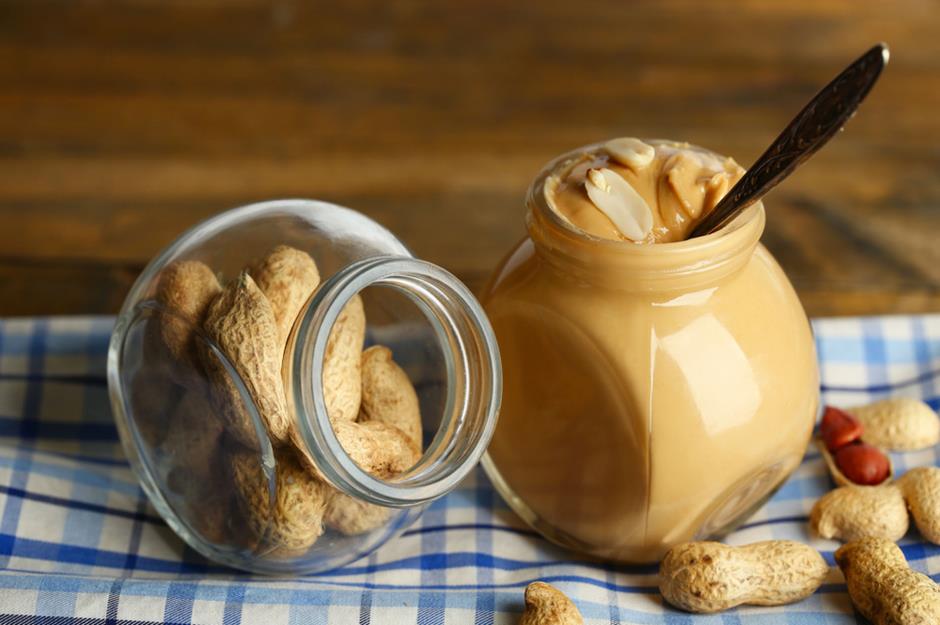
Africa Studio/Shutterstock
Nut butters, such as peanut butter, almond butter, cashew and walnut, have a reputation for being fattening, which is why they should be spread thinly. Fat and calorie content aside, they’re very nutritious – especially if they’re homemade with no hidden extras. A source of good fats, nuts also contain protein, fiber, and various vitamins and minerals (depending on the nut).
Nuts
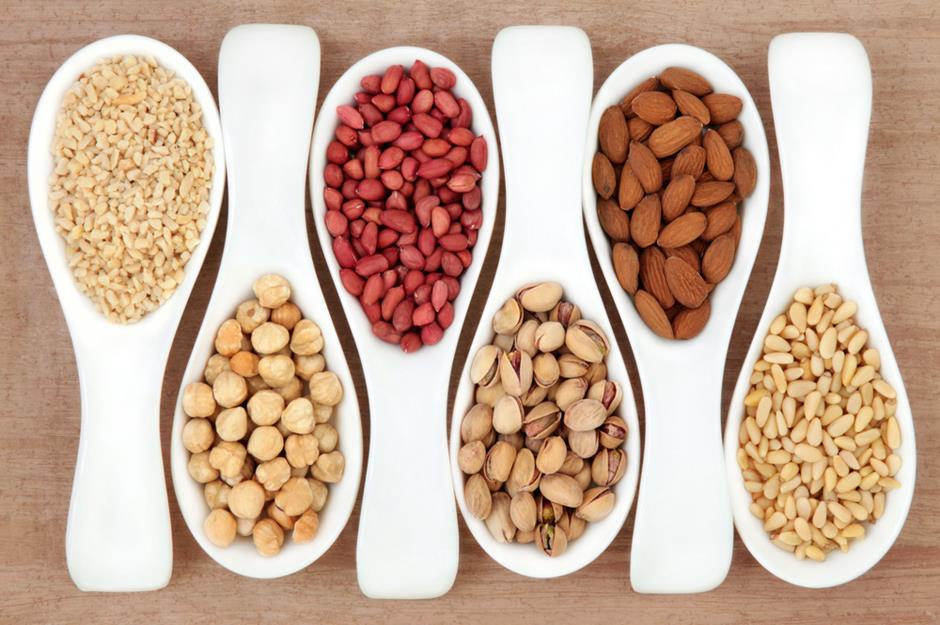
Marilyn Barbone/Shutterstock
A handful of nuts a day will keep the doctor away. Don’t worry about the fat content – you only need a small amount to reap the benefits. Snacking on just two ounces of nuts weekly can lower the risk of heart disease, while a sprinkling of almonds over your breakfast cereal stabilizes blood sugar, curbing cravings and providing a steady flow of energy throughout the day.
Butter

stockcreations/Shutterstock
As a fatty dairy product, butter’s been pilloried as a particularly naughty food. Processed margarine took its place but then studies found that butter actually: lowers the risk of heart attack compared to margarine; is full of fat but healthy saturated ones; and has an abundance of fat-soluble vitamins such as vitamin A, D, E, K and the mineral selenium. It also contains conjugated linoleic acid (CLA) and is a natural product – switch back and aim to eat organic, raw butter.
Ghee

Gulsina/Shutterstock
Ghee is clarified butter that’s largely used in India, where it’s been a staple food for thousands of years. Because it’s purified it can be cooked at higher temperatures. Like butter, it’s full of soluble vitamins A, D and E and anti-inflammatory CLA, as well as butyric acid – a short chain fatty acid that aids digestion and the immune system. Don’t cook a curry without it.
Red wine

Rostislav Sedlacek/Shutterstock
There are definitely pros and cons to this libation. On the plus side, two recent studies (one from Korea and the other from Washington State University) found that the compound piceatannol, which is found in red grapes, hinders fats from growing so could help with weight loss. Red wine also contains the compound reservatrol, which may prevent age-related memory loss, destroys damaged cells that lead to cancer, and works towards suppressing inflammation in the body that leads to illness.
Red meat

Pavel Ilyukhin/Shutterstock
Red meat has had a bad rap in recent years and been linked – along with processed meat – to certain cancers. But lean cuts, grilled over a medium heat, 2-3 times a week, offer a host of nutrients. Lean red meat is high in easily absorbable heme iron and protein; contains vitamin B12 which supports nerve function; zinc, which aids the immune system; and keeps red blood cells healthy. Grass-fed beef is your best option.
Cheese
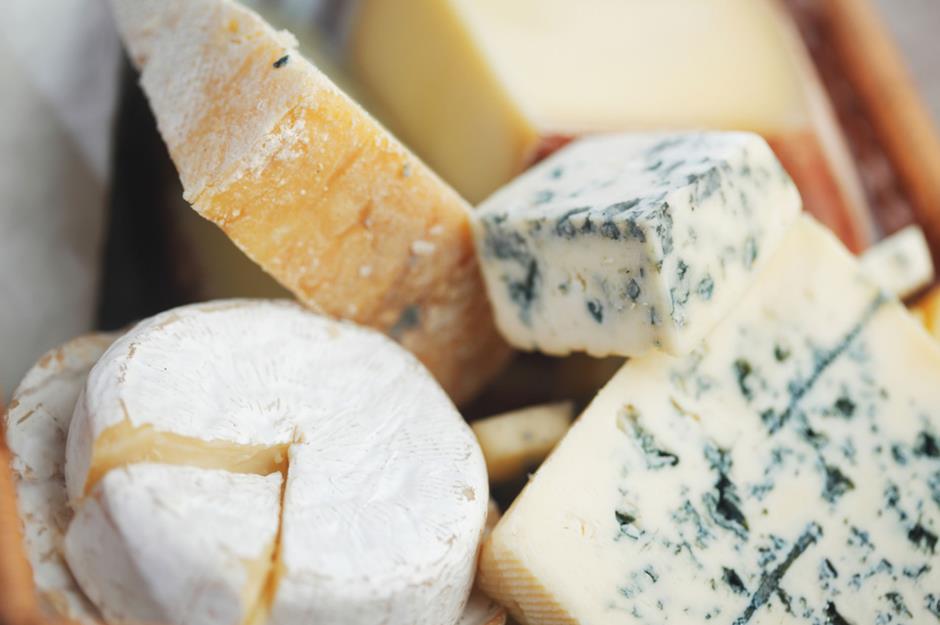
Yellowj/Shutterstock
Another waist-expanding food that’s been much maligned, cheese is calorific and contains a high amount of saturated fat and often salt. Eat it sparingly for those reasons, but don’t give it up – eating it a few times a week will give your calcium, protein, Vitamin B12 and Vitamin D levels a hearty boost.
Milk

karelnoppe/Shutterstock
Although it doesn’t agree with everyone, milk – especially organic milk – is an excellent food source. Rich in calcium, magnesium, phosphorous and protein, milk makes bones and teeth strong. Research also shows calcium has a supporting effect on the heart and may limit fat forming around the torso, which is a precursor to health problems.
Honey
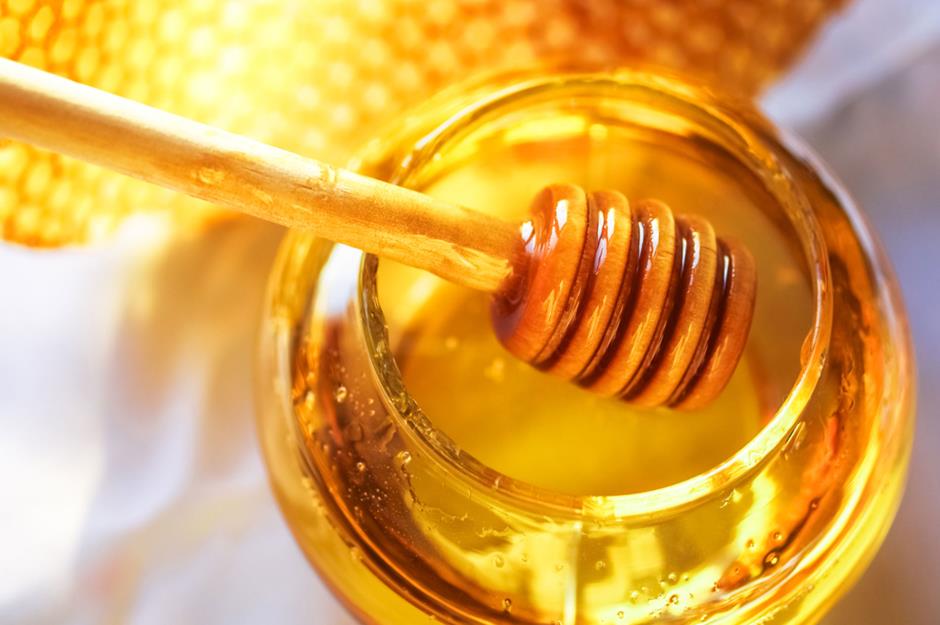
Repina Valeriya/Shutterstock
Sugar is the new enemy, and there’s nothing much sweeter than honey. However, it’s refined sugars that have come under fire – natural sugars found in honey can actually regulate blood sugar. Honey offers a cornucopia of benefits: it’s anti-allergy, anti-bacterial, anti-cancerous, anti-fungal; it boosts the immune system; acts as a probiotic to boost digestion; helps heal wounds; aids sleep; and suppresses coughs.
Eggs

WeStudio/Shutterstock
Eggs’ popularity suffered when it was thought they raised cholesterol (they can, but only a little and not in everyone). Now eggs are increasingly regarded as a superfood – nutritious powerhouses with pros that far outweigh the cons. Eggs contain vitamins A, B, D, E and K, as well as choline, folate, selenium and zinc; ‘good’ fat; and filling protein. Egg yolks provide lutein and zeaxanthin, which are vital to eye health.
Avocados

Ivan Mateev/Shutterstock
Avocados may be fatty but they’re one of the most wholesome foods on the planet. Known as the fertility fruit by the ancient Aztecs, they contain heart-healthy omega-3 fatty acids and oleic acid; essential vitamins B5, B6, C, E and K; plus important minerals copper, folate and potassium. And as well as being high in fiber, avocados have a low GI to keep blood sugar levels steady.
Coffee

Masson/Shutterstock
Coffee has been praised and criticized in equal measure. While consuming too much caffeine can be detrimental, there are proven health benefits to drinking ‘black gold’, so long as you’re drinking it with a splash of milk and not a liter of cream and marshmallows coffee shop-style. Coffee boosts memory, mood and energy, stimulates the metabolism, lowers the risk of Type II diabetes and potentially protects from Alzheimer’s, Parkinson’s, strokes, and possibly liver and colorectal cancer.
Pasta

George Dolgikh/Shutterstock
Carbohydrates, such as pasta and potatoes, provide fuel for the body but too many can result in an unbalanced diet and weight gain. But if eaten with restraint, with a profusion of vegetables, pasta makes a good meal. The wholewheat variety is a good source of fiber (white pasta still has some) and pasta is an excellent source of selenium – which has antioxidant qualities – and manganese, which regulates blood sugar.
Potatoes
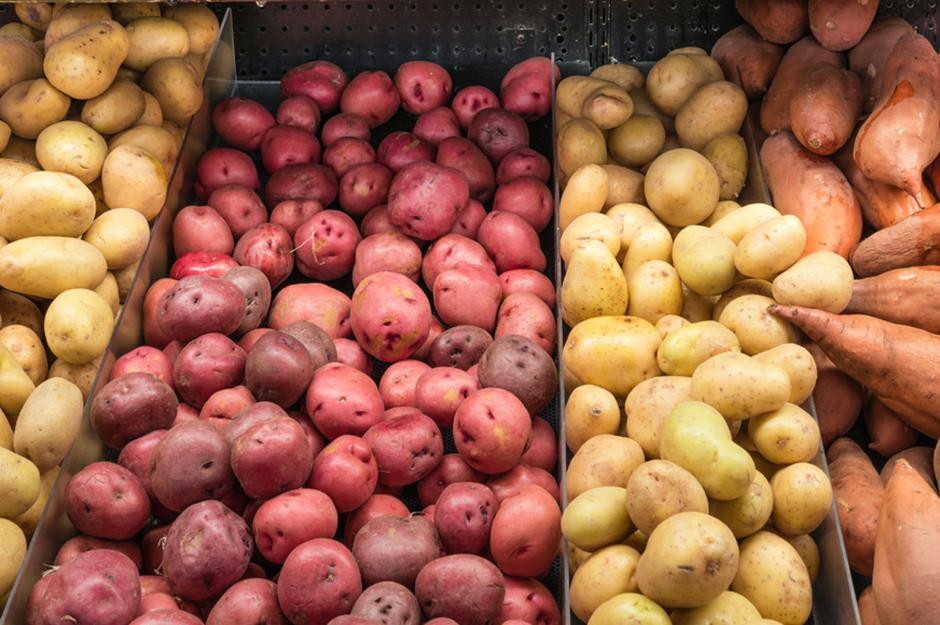
Trong Nguyen/Shutterstock
Fried and roasted potatoes are fatty, but there are healthier ways to consume one of the world’s most eaten foods. Potatoes are a particularly good source of Vitamin B6, which is integral to the nervous system; potassium for brain and muscle function; and contains that all-important cholesterol-lowering fiber for bowel health.
Coconuts
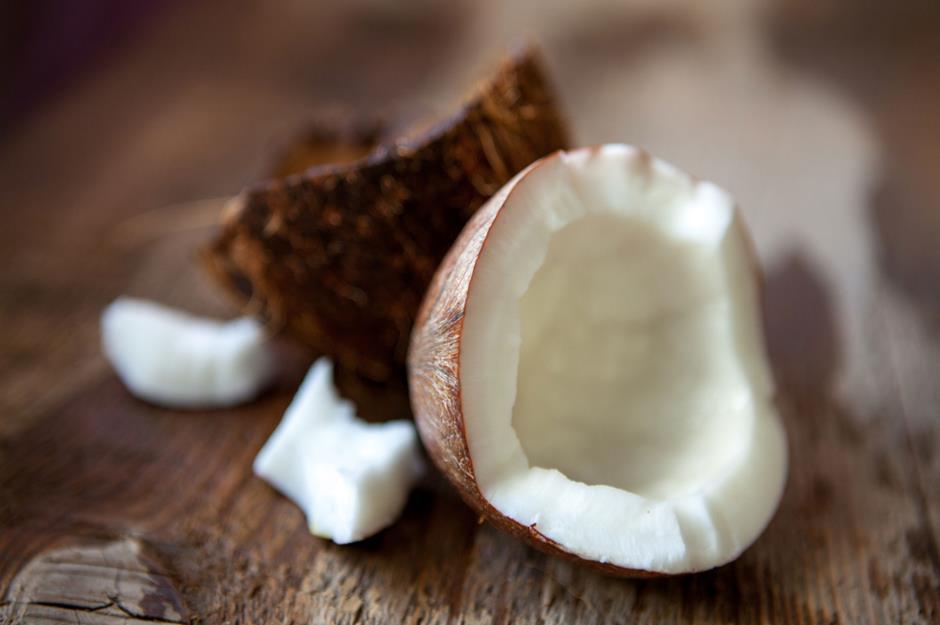
Lusie Lia/Shutterstock
Neglected in the western world for being calorific, coconut is now being embraced for its superfood qualities. It’s high in fiber, with a low GI, filling, fantastic for digestion, reduces cravings for sweet food, and supports the thyroid, providing energy. It’s also hypoallergenic, antibacterial, anti-fungal and anti-viral. There’s no end to its goodness.
Coconut oil
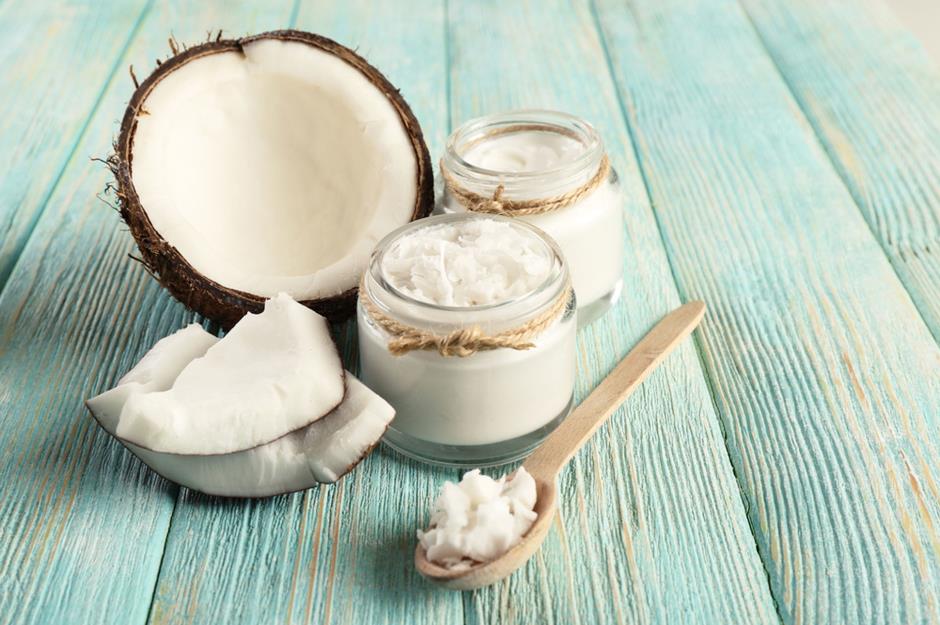
Africa Studio/Shutterstock
The same goes for coconut oil. Although it’s one of the richest sources of saturated fat there is, it’s now known that there are good fats and bad fats, and coconut oil is full of good fats – medium chain triglycerides to be precise – which provide energy and have a positive effect on some neurological conditions.
Oily fish
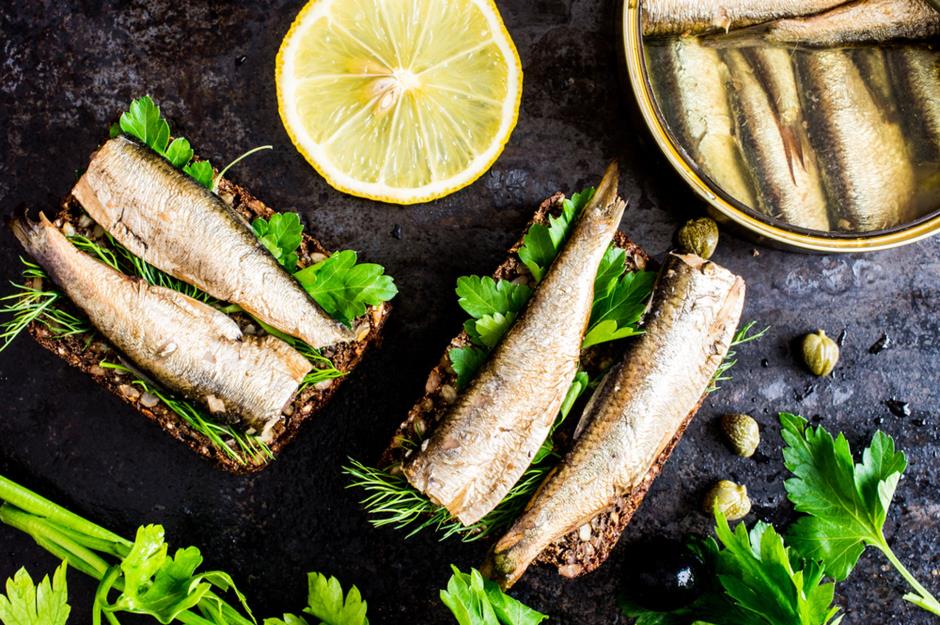
Photosiber/Shutterstock
Oily or fatty fish sounds alarming to people watching their weight but it’s one of the best foods we can eat. Mackerel, salmon and sardines are full of good fats – Omega-3 fatty acids – that protect against cardiovascular disease, as well as some cancers, vision loss, rheumatoid arthritis and dementia. At least two portions a week are recommended.
Chocolate

Shutterstock.com
Aside from being an excellent source of minerals, including manganese, iron and magnesium – all essential to the body – dark chocolate is rich in antioxidants; a good source of fiber; and contains flavanols, which can improve blood flow and protect against skin damage. Research shows that it may even reduce the risk of cardiovascular disease. Because it’s sugary and calorific, only small amounts should be consumed daily.
Comments
Be the first to comment
Do you want to comment on this article? You need to be signed in for this feature
Most Popular
Reviews 31 unbelievably sugary cereals from around the world